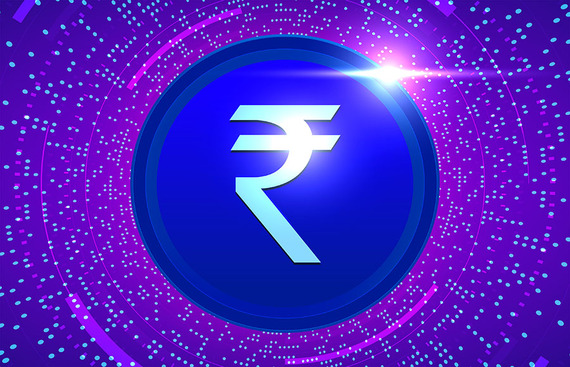Adoption Of Digital Rupee At The Cost Of UPI

According to the Reserve Bank of India, from December 1st, the digital rupee on a pilot basis in four cities was started by the governing board. However, data is indicating that India has already witnessed the Unified Payments Interface (UPI) success. The country might not be already looking forward to opting for the digital Rupee. An IMF (monitoring the international monetary system and global economic developments for identification of risks and recommending policies for growth and financial stability) states that instant payments are regulatory and payment substitution in countries that have opted for the existence of instant payments which include UPI and may limit the incentive for the users.
Digital Rupee Data Stats
Data is showing that the case of issuance of retail CBDC (a digital liability of a central bank that is widely available to the general public) can be traced as being less compelling in some advanced economies which include countries of Australia, Singapore, and the United Kingdom. It can be compared to emerging markets and developing economies. The IMF paper states that the motivations for EMDEs include promoting financial inclusion, enhancement of payment system efficiency, competition, security, resilience, and cross-border payments. In the case of Indian states, the technology of UPI has already been satisfying most of the motivations that are available. UPI, which was launched in India in 2016, crossed one billion transactions in October 2019. From FY23 till now, the UPI has processed 44.32 billion transactions worth INR 75 trillion. Nearly 76 percent of Indian states now prefer the usage of UPI during online checkouts while more millennials (84 percent) are now using UPI when they are shopping online. As per a news published, the cognizance of instant payments and retail CBDC, which are operated by and settled through a central bank is quite strong. Both will be providing instantly available goods and final funds which are backed by a central bank. And the papers that are arguing that if instant payments are structured in a country such that they are feasible alternative cash at the retail level and it might all well limit the incentive for the users to the adoption of retail CBDC.
Digital Rupee Conquest
Triumphing UPI had a first-mover advantage with retail users. Including their trust, in instant payment, the method for everyday transactions are tending to form the bulk of its usage. The paper IMF is arguing with points that are similar between instant payments and CBDCs are exceedingly strong to be ignored. Stating that instant payments are providing P2P transactions at zero cost and P2B payments and only pose very low costs for business payment receivers. The adoption of CBDC might be an important compromise. Experts are arguing that there is going to be a payment method that will co-exist and cater to the demands of different users. This will be enabling the Reserve Bank of India and will be keeping a close eye on untoward transactions. Adelia Catalino, Co-Founder and Managing Director, In-Solutions Global Ltd., states that "Retail CBDC will potentially enable RBI to play a crucial part in providing access to financial services to the unbanked, reducing fraud and money laundering and offering a safe alternative for digital payments.”
Market Helps In Digital Rupee
Industry players are high in playing a key role in being successful adoption of the digital Rupee and it is almost similar to what is leading to UPI success. There are a plethora of factors contributing to the growth of UPI's success which are interoperability of QR, zero charge regime, customer acquisition initiatives by PSPs, and finally the pandemic. Jaikrishnan G, Partner, and Financial Services Consulting, Grant Thornton Bharat, stated there must be a design in seamless interoperability with other payment systems. Including the digital rupee as an alternative will also be requiring the government for enabling the participation and collaboration of PSPs and banks will build new solutions and use cases around the digital rupee.
Observing the life cycle stage that is in the digital rupee as a currency and payment system that are introductory steps while UPI is in a growth phase. Retail CBDCs are likely driven by QRs as seen in several POCs in different countries which are located in China. It is likely to be riding on the UPI as rails are included to both the QRs at merchant locations and websites as well as the connection to the bank of accounts of users.
Conclusion
United Payments Interface (UPI) is hailed as one of the greatest innovations that are incoming to India. It is the ability to support both retail payments and remittances which eases the inclusion of usage and interoperability is providing a huge impetus for India's digital inclusion initiatives. Countries including Japan, South Korea, France, and most other countries are operating with India's UPI payment system. It is just a show of the growth and popularity of UPI not just in India, but, also around the world.
